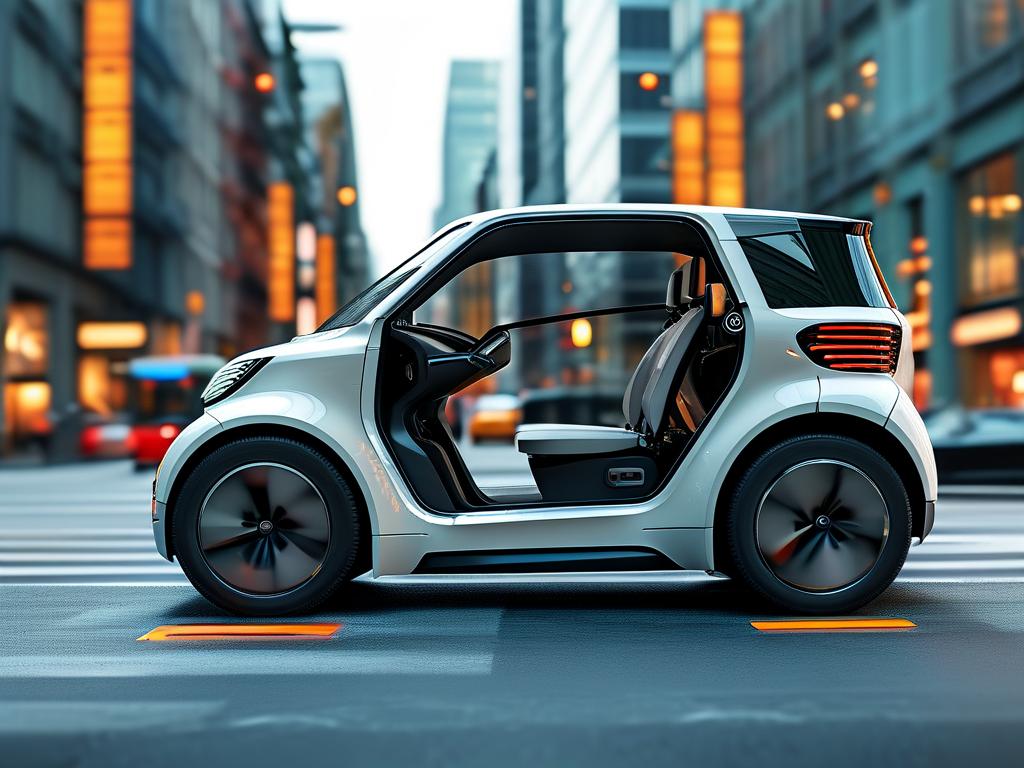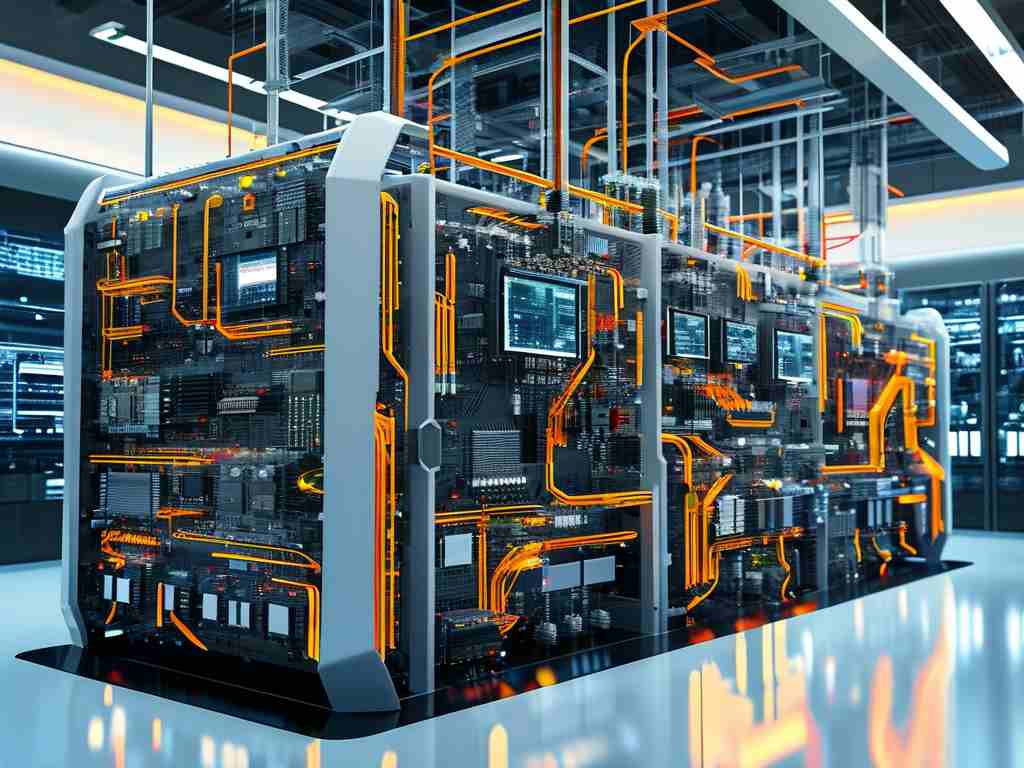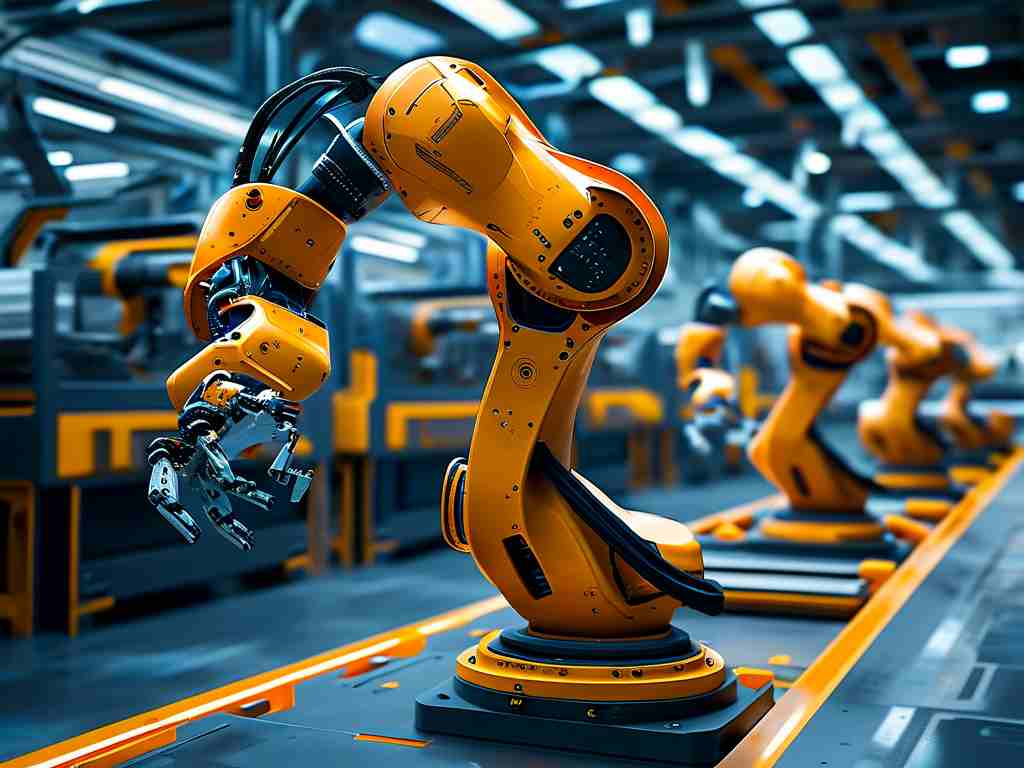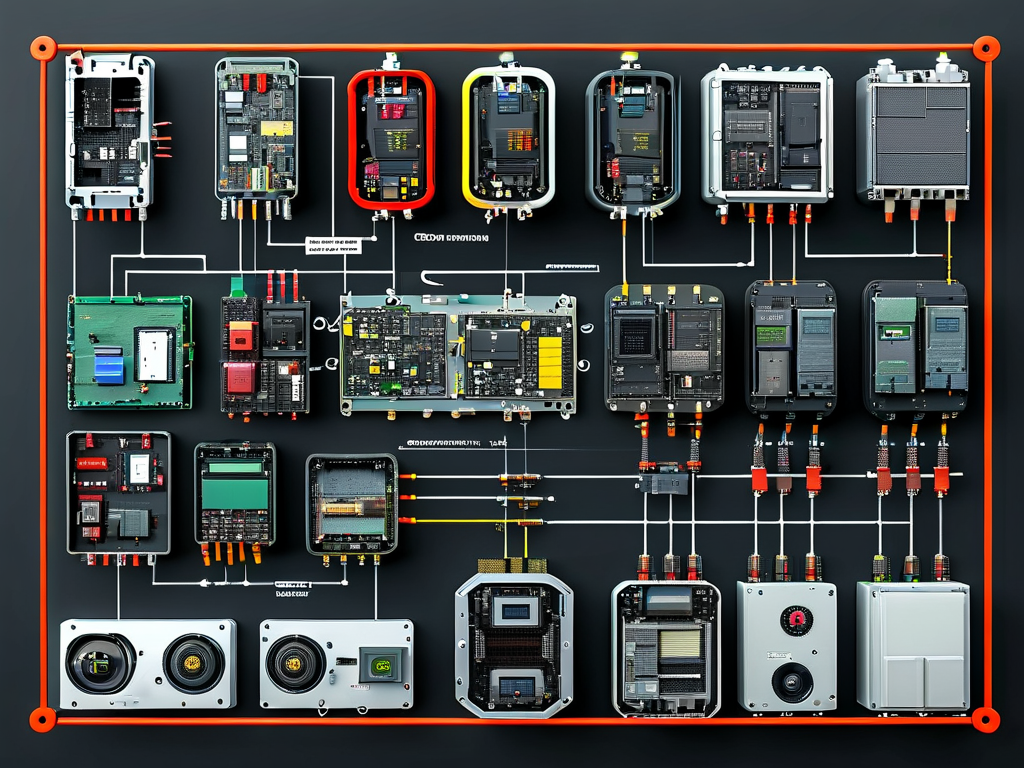The integration of automotive and robotic technologies is reshaping our world, blending the precision of machines with the mobility of vehicles to create smarter, safer, and more efficient systems. This convergence is not just a futuristic concept but a present reality, driven by rapid advancements in artificial intelligence, sensors, and connectivity. As we delve into this topic, it becomes clear how these innovations are transforming industries, from manufacturing to daily commutes, while posing ethical and practical challenges that demand careful consideration.
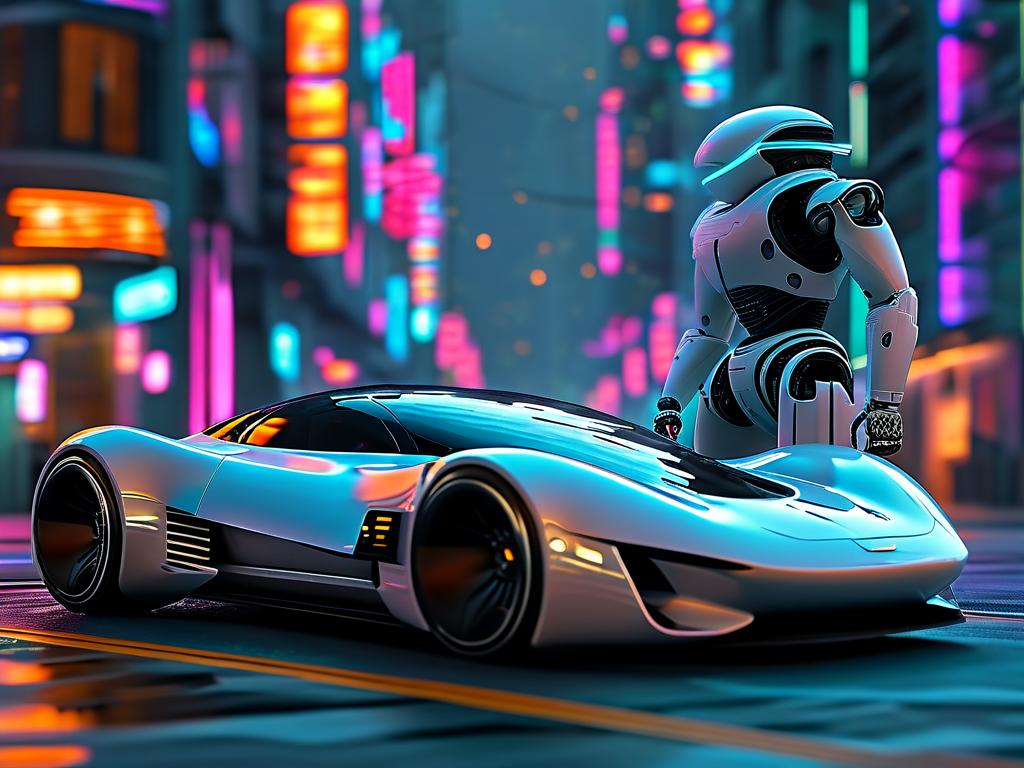
In the realm of automotive technology, self-driving cars stand as a prime example of robotic integration. These vehicles rely on sophisticated algorithms and sensors, such as lidar and cameras, to navigate roads autonomously. Companies like Tesla and Waymo have pioneered this field, developing systems that can detect obstacles, interpret traffic signals, and make split-second decisions to avoid accidents. The core of this technology lies in machine learning, where AI models process vast amounts of data from real-world driving scenarios to improve accuracy over time. For instance, Tesla's Autopilot feature uses neural networks to learn from millions of miles driven, enabling adaptive responses to unpredictable events like sudden lane changes or pedestrian crossings. Beyond autonomy, electric vehicles (EVs) are another frontier, incorporating robotic elements in battery management systems that optimize energy use through predictive analytics. This not only reduces emissions but also enhances sustainability, with robots in factories assembling EV components with unmatched precision, minimizing human error and boosting production efficiency.
Robotic technology, on the other hand, extends far beyond vehicles into areas like industrial automation and personal assistance. Modern robots, equipped with AI, can perform complex tasks such as welding car frames in assembly lines or assisting in surgeries with sub-millimeter accuracy. The rise of collaborative robots, or cobots, allows humans and machines to work side by side safely, using sensors to detect proximity and adjust movements accordingly. In the context of automotive applications, robotic arms are now integral to manufacturing processes, where they handle everything from painting car bodies to installing intricate electronics. These systems leverage computer vision and real-time data processing to ensure flawless execution, reducing costs and accelerating innovation. Moreover, advancements in AI-driven robotics enable predictive maintenance, where robots monitor vehicle health and alert users to potential issues before breakdowns occur, extending the lifespan of automobiles and enhancing user convenience.
The fusion of these technologies brings immense benefits but also significant hurdles. On the positive side, it promises enhanced safety; for example, robotic systems in cars can prevent accidents by reacting faster than human reflexes, potentially saving thousands of lives annually. Efficiency gains are equally compelling, with optimized routes and energy use cutting fuel consumption and carbon footprints. However, challenges loom large, including cybersecurity risks where hackers could exploit connected systems, leading to catastrophic failures. Ethical dilemmas arise too, such as accountability in autonomous vehicle crashes—should the AI, manufacturer, or user bear responsibility? Additionally, widespread adoption may disrupt jobs, as robots replace roles in driving and manufacturing, necessitating retraining programs for workers. Addressing these issues requires robust regulations and public-private collaborations to ensure equitable and secure implementation.
Looking ahead, the future of automotive and robotic technology holds thrilling possibilities. Innovations like flying cars and swarm robotics could revolutionize urban mobility, with fleets of autonomous drones coordinating for delivery or emergency services. Breakthroughs in AI ethics and quantum computing might further refine decision-making capabilities, making systems more intuitive and reliable. As these technologies evolve, they will likely blur the lines between machines and daily life, fostering a world where cars are not just transport but intelligent companions. In , this synergy is propelling us toward a smarter, interconnected era, urging us to embrace change while mitigating risks for a sustainable tomorrow.


